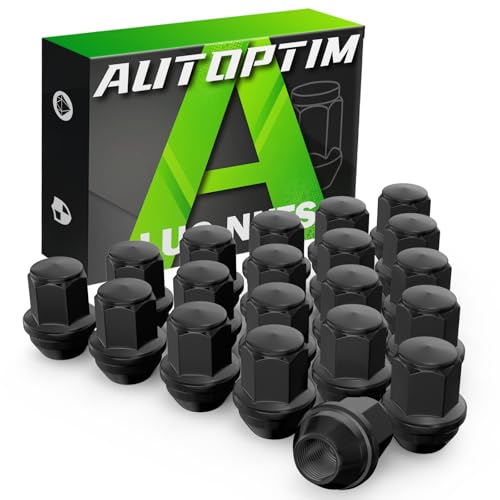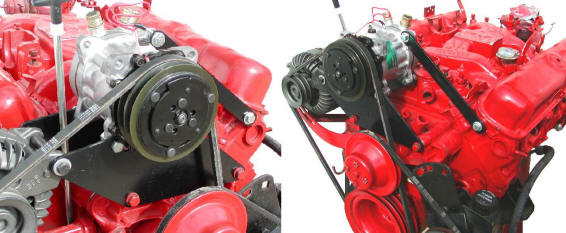I've been on eBay the better part of the day today, giving some thought to how the build is going, and what I've seen on both sides of the fence, as a buyer of Chrysler parts, and a seller of them.
I've come to the conclusion that most used Chrysler parts aren't that expensive, provided it isn't new, associated with a big block or 340, or is in a condition anything less than perfect.
As a seller, I've found that if it isn't due to be fitted to a nut-and-bolt restoration, it's worthless - even more so than '71-73 Mustang coupe parts!
Case in point, I can't barely get rid of the original 318 crank (rough), flexplate, fan, manifolds, oil pump gear, radiator, distributor, alternator, RV-2 compressor (did sell once I threw in the brackets), timing chain cover (fits Mopar poly engines too), brackets, and other bits.
I don't have everything up cheap, but almost all the smaller bits start at $9.99, and they're on their second time around on eBay.
It's the same story for small block parts, excepting anything associated with absolutely original 340s, 360s or stroker variants of such. Even good cylinder heads, such as those used on Magnum 5.2/5.9 or '80s "308" LA heads are a hard sell - $250-300 buys you a good pair of either (yes, even crackless Magnum heads can be had for this price).
The 318 rocker shafts seem to be popular though - might be the 273 owners with solid lifters swapping to hydraulic valvetrains.
Ironically enough, the late-model TBI stuff (which fit B-series vans and Ramchargers) was snatched up in a second. Looks like there is a shortage of factory TBI wiring and throttle bodies - in any condition.
Now, as a buyer, I've found that I
am ponying up a lot of cash on this build - which, to date, has been mainly under the hood. Now, given the nature of engine components, most everything is therefore bought new (radiator, pushrods, water pump, gaskets),
but it hasn't been much more than the price of comparable parts for, say, a 351C.
Also, since the Magnums lasted until 2003, the LA engines and their 1992+ Magnum counterparts, it's not that hard to get better-quality used or remanufactured parts for them.
Heck, even my used, Mopar-branded M1 Magnum-specific carb intake cost me all of $150 used, and with better port matching than the comparable Edelbrock for the LA. That's very much an in-demand piece for small block builds with Magnum heads, but I was able to get it.
Other than this, price problems only seem to arise under these three specific scenarios:
- Parts in demand for 2-door B-bodies (ex: dash parts)
- Remanufactured or new parts designed and sold by niche vendors to fix Mopar-specific problems (ex: FirmFeel steering gearboxes to stiffen up notorious sloppy P/S boxes)
- You just can't find the part, because it's for a 4-door. It's more or less worthless, but when you find a used example of said part, it's being sold by a vendor who deals in enough high-dollar parts that it's no skin off their back to quote you $95 for a $15 part. (Of course, this pretty much applies to any model of car from any manufacturer, provided the car has a relatively small following. Want to know parts rape? Try pricing out bits for '70s Lincoln Continentals, and you'll soon find two dealers who know how to make worthless junkyard parts very expensive - just because they are the only ones that'll bother offering them to you).
And so concludes my observations.
Do I regret it? No. In some ways, I've enjoyed working on the Satellite (and my Valiant) a lot more than the Ford products that have preceded it. While the Mopar products are rather primitive - both electrically and in general fit and finish - it's still quite obvious that the parts are quite robust, in a simplistic sort of way. I don't have to worry as much about plastic bits breaking.
Also, the small block Mopar heads are a joy to work with. It's so much easier to fit exhaust manifolds that sit on a vertical plane than pointing downwards, and it's nice not to deal with that stamped steel marine-style timing chain cover on the 351C. Granted, the small block Mopar cover pretty much doesn't seal with the block until the water pump is on it, unless you know just the bolt to put in first - making it a pain in the arse in its own way. Though I've never worked with one, the Ford 302/351W cover looks as if it may be easier than either the 351C or the Mopar piece.
-Kurt































































































